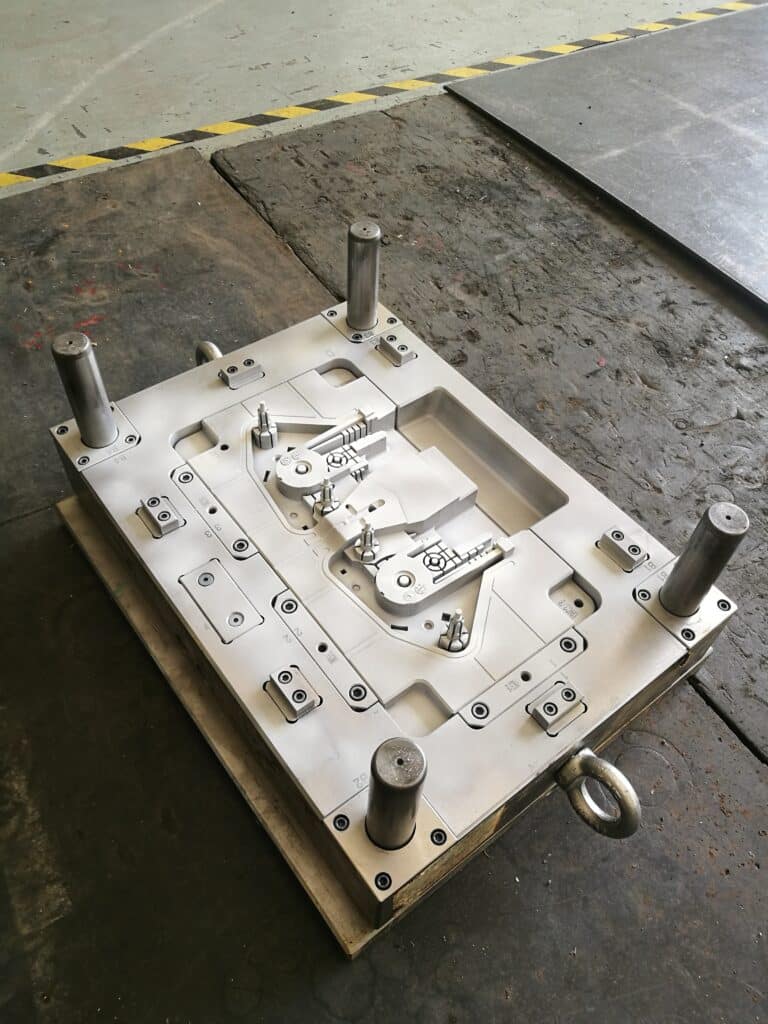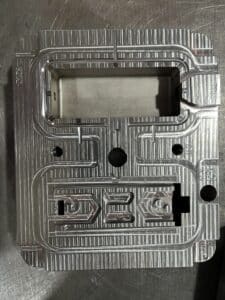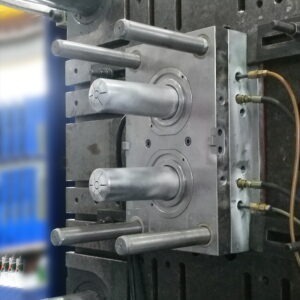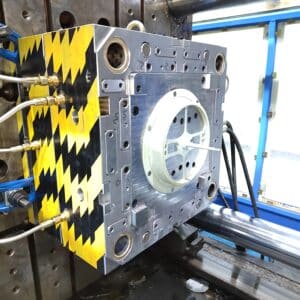Mold classification

Hot runner plastic injection mould
Classification by hardness: soft mold, hard mold (quenching treatment).
Classified by quality grade: Grade I, Grade II, Grade III, Grade IV
Classification by difficulty: Grade A, Grade B, Grade C, Grade D
Classified by mold size: large, large, medium and small
Definition of hard mold and soft mold
1. Mold hardness: soft mold, hard mold
1) Soft die: the die steel has been pre hardened and does not need quenching treatment, but the hardness is low. HB is below 400, and the production life is within 500000 times. It is widely used.
2) Hard die: the die steel is annealed, and the processing is divided into rough processing and finish processing. After rough processing, it is subject to quenching treatment. The hardness is above HRC48 °. After rough processing, it is necessary to retain about 0.2 machining allowance. Because the workpiece will be deformed after quenching treatment, so as to prevent the finish processing from failing to meet the requirements of the workpiece. The production life is more than 500000~1 million times, and small moulds are most used.
Mold quality grade: Grade I, Grade II, Grade III, Grade IV
First class mold quality
1. Mold: It must be able to open the mold for one million times or more.
This is a first-class mold, which must be made with the best materials and accessories as required by the customer
The best mold.
2. The requirements for the first level die are as follows:
(1) Detailed mold design (including computer drawings and materials);
(2) Mold hardness shall be at least HB280;
(3) Mold core must be hardened at least HRC50, and all rows and accessories must also be hardened;
(4) The thimble for the middle supporting side pipe shall be used;
(5) The travel position must be equipped with wear plate;
(6) The temperature control monitor shall be installed in the mold, brother or row position according to the feasibility;
(7) It is recommended that all cooling channels be nickel plated to prevent rust and easy cleaning.
(8) The parting line must be equipped with a positioning lock.
Secondary mold quality
1. Mold: It must be able to open the mold for 500000 times or more.
This is a mold of secondary and high quality. Good materials and accessories must be used, and the tolerance of the mold also has certain standards (dimensional accuracy). This mold also requires top quality.
2. The requirements for secondary molds are as follows:
(1) Detailed mold design is recommended
(2) Mold hardness shall be at least HB280
(3) Hard HRC48 is the least necessary for mold insert, and heat treatment is also required for all rows and accessories
(4) The temperature control monitor shall be installed in the mold, brother or row position according to the feasibility
(5) The parting line must be equipped with a positioning lock
(6) The following requirements will be determined in individual requirements and quotation
Third class quality mold
1. Mold: It must be able to open the mold for 250000 times or more. This is a general mold requirement, and the production is also a medium production mold.
2. The requirements for the third level die are as follows:
(1) It is recommended to do mold design
(2) Mold hardness shall be at least HB165
(3) Mold core must be at least HB280
(4) In addition to the above three basic requirements, other requirements are considered as optional additional requirements
Grade IV quality mold
1. Mold: about 10000 beer is required. This is a low production mold. Generally speaking, there are no special requirements, but the mold quality still needs to be good and accepted by customers.
2. The requirements for the fourth level mold are as follows: Mold maker magazine WeChat is dedicated and professional@@
(1) It is recommended to do mold design
(2) The mold may be ordinary copper or aluminum
(3) Molded meat can be made of aluminum or steel approved by customers
(4) In addition to the above three basic requirements, other requirements are considered as optional additional requirements
Mold difficulty: Grade A, Grade B, Grade C, Grade D
Class A: Mold with complex structures such as multiple row positions, multiple parting with inclined top, core pulling and rotary core pulling.
Level B: There are multiple (two to four) rows of inclined roof, two to three times parting and core pulling die structures are complex.
Grade C: Simple fine nozzle rubber inlet mould, with one or two rows, inclined roof and other moulds with general structure.
Class D: large water port mold, two plate mold, mold with simple structure such as no row position and no inclined roof.
Mold size: extra large, medium and small
Extra large: the mold width is more than 800mm.
Large: the mold width is 600~800mm (excluding 800).
Medium: the mold width is 350~600 (excluding 600).
Small: Mold with width below 350.






